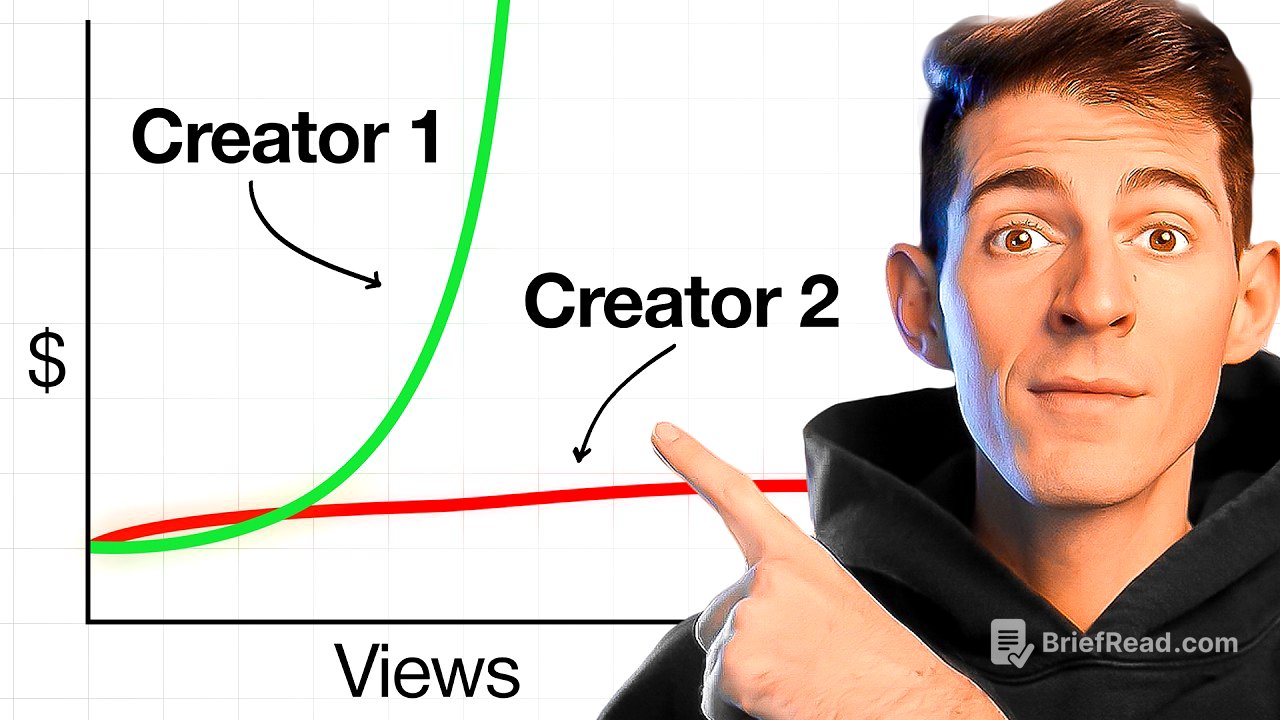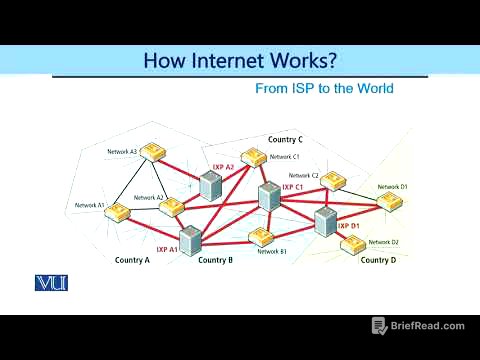TLDR;
This video provides a comprehensive six-step playbook for building an audience of buyers who will convert attention into revenue for your business. It emphasizes the importance of understanding the psychology of buyers versus viewers, focusing on pain points, offering novel solutions, and building trust. The video also highlights common mistakes to avoid when building an audience of buyers, such as creating entertainment-focused content or failing to provide implementable solutions.
- Understand the psychology of buyers versus viewers.
- Focus on pain points, offer novel solutions, and build trust.
- Avoid common mistakes like creating entertainment-focused content.
Intro [0:00]
The video introduces the concept of building an audience of buyers for entrepreneurs and business owners. It highlights the importance of creating content that attracts individuals who will purchase products and services. The video promises to provide a six-step playbook for turning attention into revenue.
Psychology: Viewers vs Buyer [0:46]
The video explains the psychological differences between viewers and buyers. Viewers are interested in the premise of an idea, while buyers are focused on solving specific pain points. To build an audience of buyers, content should address a pain point, offer a better solution than what they currently use, and establish the content creator as a trustworthy source. The key elements are pain point, solution, and trust.
Step 1: Define The Buyer [4:15]
Step one involves deeply understanding the target buyer, including their demographics, psychographics, background, interests, and the specific mission or workflow they are trying to improve. It's recommended to choose a buyer profile that the content creator knows well, has been in the past, or wants to learn about. For example, the channel focuses on business owners growing their business with video content.
Step 2: Buyer Journey Mapping [5:20]
Step two focuses on mapping the buyer's end-to-end process or workflow as granularly as possible. Identify friction areas or pain points within each step, such as blockers, frustrations, time-consuming tasks, and complexities. These pain points become the source of video topics. For instance, a business owner's content creation workflow includes defining the viewer avatar, picking a format/platform, idea generation, scripting, recording, editing, posting, and analyzing.
Step 3: Painpoint Baseline Identification [8:53]
Step three involves selecting one specific pain point within the mapped workflow to focus on, ideally one with maximum pain and friction. The goal is to identify the baseline solution the buyer is currently using to address this pain point, even if it's not fully effective. For example, if the pain point is script writing, the baseline solution might involve spending hours struggling with a blank page, copying templates without understanding why they work, and guessing at persuasive language.
Step 4: Novel Solution Creation [10:24]
Step four is about identifying alternative solutions, tips, tactics, frameworks, or formulas that offer an easier, better, or faster way to solve the chosen pain point compared to the baseline solution. The goal is to provide interesting, novel solutions that solve the problem more effectively. For example, offering specific script-writing tips, such as using contrast with "but" and "therefore" or varying sentence rhythm for better storytelling.
Step 5: Content Packaging [13:39]
Step five emphasizes the importance of content packaging to ensure videos are well-received on social platforms. For YouTube, packaging includes the thumbnail, title, and video intro, while for short-form content, it's the hook and video intro. Effective packaging is crucial for attracting viewers and conveying the value of the content.
Step 6: Post & Engage [15:30]
Step six focuses on engaging with the audience after posting videos. As viewers become buyers, they will follow/subscribe, leave comments, or seek more knowledge. Engage with comments, offer help in DMs, and provide a way for viewers to extend their knowledge through newsletters or private communities. Consistently implement this playbook to build a substantial audience of buyers.
Step 7: The Offer [17:17]
After generating attention and trust, the next step is to create a paid offer, such as a product or service. This offer can solve unaddressed workflow pain points, provide a deeper solution to a pain point already covered in content, or speed up/implement the entire workflow. The price of the offer should reflect the magnitude of the pain solved and the speed of the solution.
6 Major Mistakes To Avoid [20:26]
The video outlines six common mistakes to avoid when building an audience of buyers:
- Channel Type Problem: Avoid creating entertainment-focused channels, as buyers typically come from educational content.
- Precision Problem: Ensure content is narrowly focused on a specific buyer profile to maintain relevance and build trust.
- Painpoint Identification Problem: Focus on specific pain points of the target buyer rather than broad, high-level topics.
- Solution Novelty Problem: Offer novel and differentiated solutions rather than generic advice. Solutions can be first, different, or better.
- Walk Away Value Problem: Provide tactical, implementable steps that allow viewers to apply the solutions themselves.
- Consistency Problem: Consistently create content over time to build trust and familiarity with the audience.
Outro [28:19]
The video concludes by summarizing the six tactical steps for building an audience of buyers and the six pitfalls to avoid. It encourages viewers to join the Wavy World community for additional support and learning.








